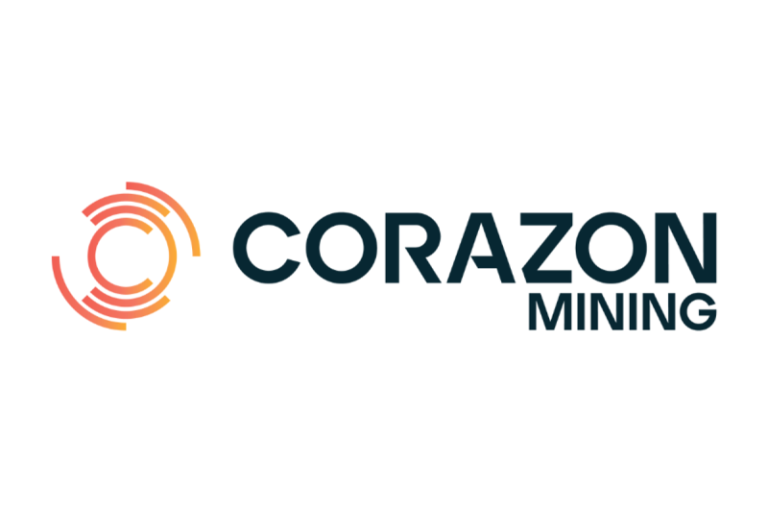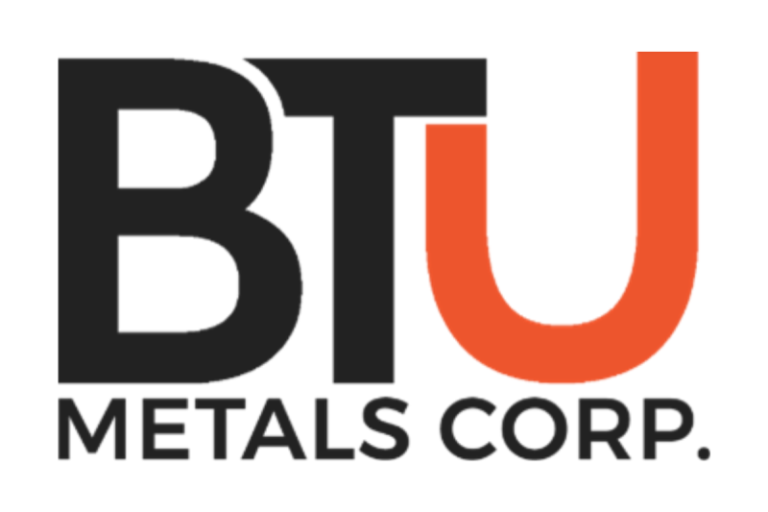BTU METALS CORP. (‘BTU’ or the ‘Company’) (TSXV:BTU)(OTCQB:BTUMF) announces that, further to the news release of November 11, 2025, the Company has closed the previously announced, over-subscribed non-brokered private placement of flow-through common shares by the issuance of 17,700,000 flow-through shares at a price of $0.05 per FT Share (the ‘FT Offering’), for gross proceeds of $885,000.
Each flow-through unit shall be comprised of one common share of the company issued on a flow-through basis and one-half of one common share purchase warrant to be issued on a non-flow-through basis. Each whole warrant shall entitle the holder thereof to acquire one common share of BTU at a price of $0.09 for a period of 12 months following the closing of the offering. The flow-through shares will qualify as flow-through shares (within the meaning of Subsection 66(15) of the Income Tax Act (Canada) and Section 359.1 of the Taxation Act (Quebec).
In connection with the oversubscribed offering, the company paid finders’ fees to eligible finders consisting of $58,450 in cash and 1,106,000 non-transferable common share purchase warrants. Each finder warrant is exercisable to acquire one common share in the capital of the company at an exercise price of $0.05 per common share for a period of 12 months from the date of issuance. Closing of the offering is subject to approval of the TSX Venture Exchange. The securities issued under the offering, and any Shares that may be issuable on exercise of any such securities, will be subject to a statutory hold period expiring four months and one day from the date of issuance of such securities.
‘The overwhelming response for this financing demonstrates strong market support for BTU’s portfolio of Ontario-based exploration projects in both the prolific Red Lake and Wawa mining districts,’ stated Paul Wood, CEO. We look forward to advancing all of our projects immediately and into 2026.’
About BTU
BTU Metals Corp. is a junior mining exploration company. BTU’s primary assets are the Dixie Halo Project located in Red Lake, Ontario (optioned to Kinross) immediately adjacent to the Kinross Great Bear Project, the Dixie East project and its gold and critical minerals properties in the active Wawa gold district. The Company continues to look to acquire high quality exploration projects to add to its portfolio for the benefit of its stakeholders. The Company has no debt and minimal property obligations.
ON BEHALF OF THE BOARD
‘Paul Wood‘
Paul Wood, CEO, Director
pwood@btumetals.com
BTU Metals Corp.
Telephone: 1-604-683-3995
Toll Free: 1-888-945-4770
Cautionary Statement
Trading in the securities of the Company should be considered highly speculative. No stock exchange, securities commission or other regulatory authority has approved or disapproved the information contained herein. Neither the TSX-V nor its Regulation Services Provider (as that term is defined in the policies of the TSX-V) accepts responsibility for the adequacy or accuracy of this release.
Forward-Looking Statements
This news release contains certain ‘forward-looking information’ within the meaning of applicable Canadian securities laws that are based on expectations, estimates and projections as at the date of this news release. The information in this release about future plans and objectives of the Company is forward-looking information. Other forward-looking information includes but is not limited to information concerning: the intentions, plans and future actions of the Company.
Any statements that involve discussions with respect to predictions, expectations, beliefs, plans, projections, objectives, assumptions, future events or performance (often but not always using phrases such as ‘expects’, or ‘does not expect’, ‘is expected’, ‘anticipates’ or ‘does not anticipate’, ‘plans’, ‘budget’, ‘scheduled’, ‘forecasts’, ‘estimates’, ‘believes’ or ‘intends’ or variations of such words and phrases or stating that certain actions, events or results ‘may’ or ‘could’, ‘would’, ‘might’ or ‘will’ be taken to occur or be achieved) are not statements of historical fact and may be forward-looking information and are intended to identify forward-looking information.
This forward-looking information is based on reasonable assumptions and estimates of management of the Company at the time it was made, and involves known and unknown risks, uncertainties and other factors which may cause the actual results, performance or achievements of the Company to be materially different from any future results, performance or achievements expressed or implied by such forward-looking information. Such factors include, among others: risks relating to the global economic climate; dilution; future capital needs and uncertainty of additional financing; the competitive nature of the industry; currency exchange risks; the need for the Company to manage its planned growth and expansion; the effects of product development; protection of proprietary rights; the effect of government regulation and compliance on the Company and the industry; reliance on key personnel; global economic and financial market deterioration impeding access to capital or increasing the cost of capital; and volatile securities markets impacting security pricing unrelated to operating performance. The Company has also assumed that no significant events occur outside of the normal course of business. Although the Company has attempted to identify important factors that could cause actual results to differ materially, there may be other factors that cause results not to be as anticipated, estimated or intended. There can be no assurance that such statements will prove to be accurate as actual results and future events could differ materially from those anticipated in such statements. Accordingly, readers should not place undue reliance on forward-looking information. The Company undertakes no obligation to revise or update any forward-looking information other than as required by law.
Source
This post appeared first on investingnews.com




